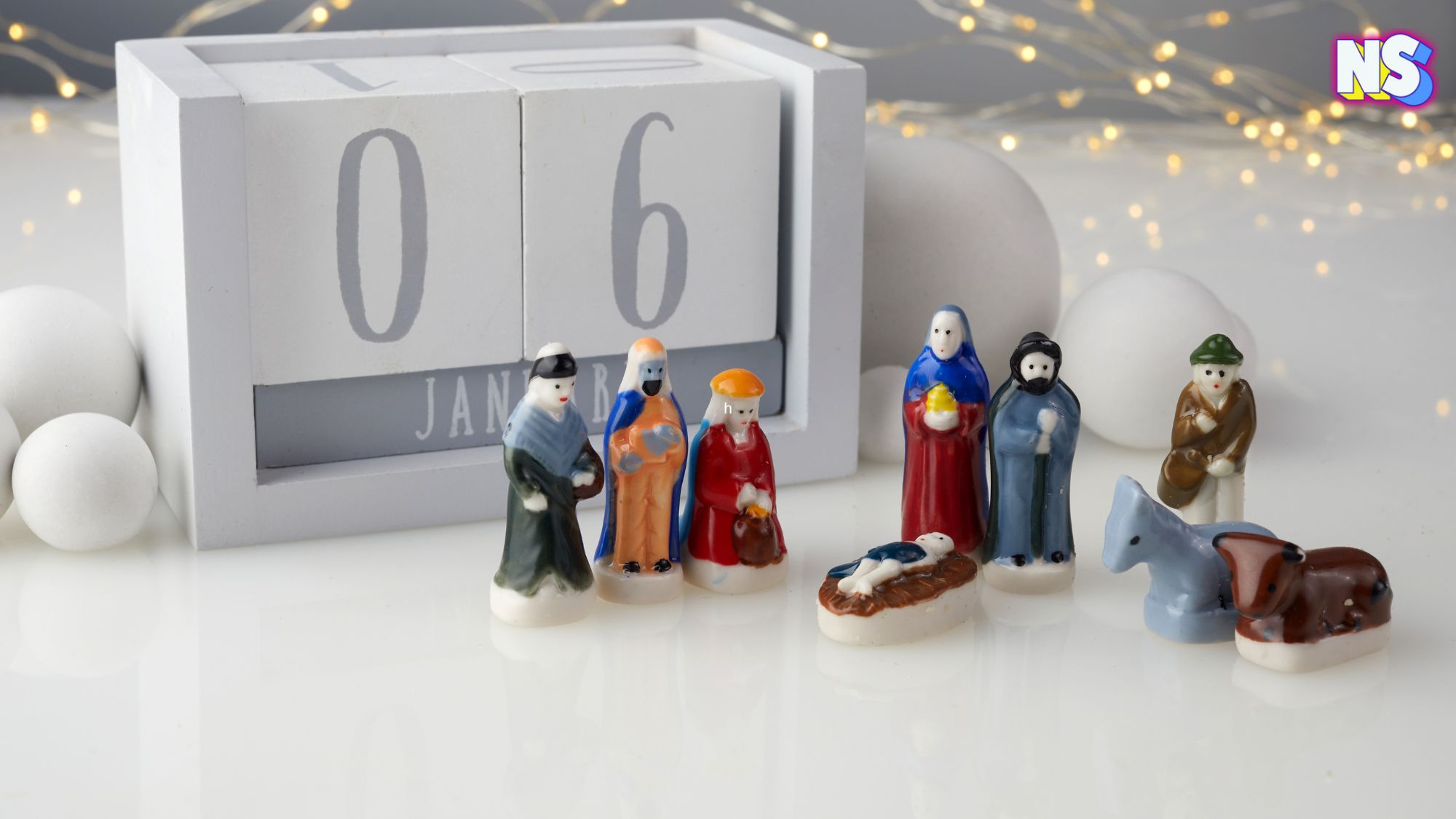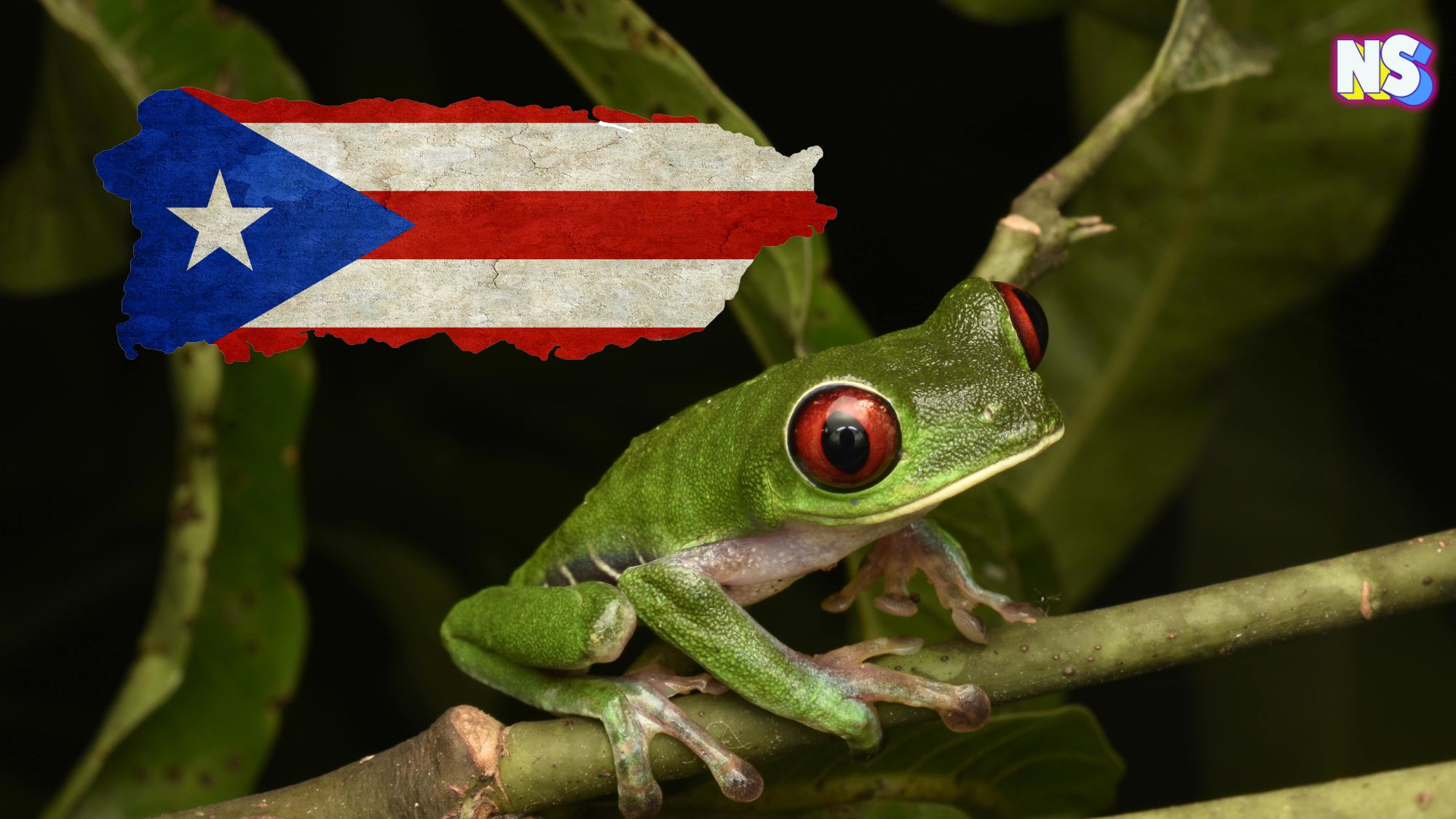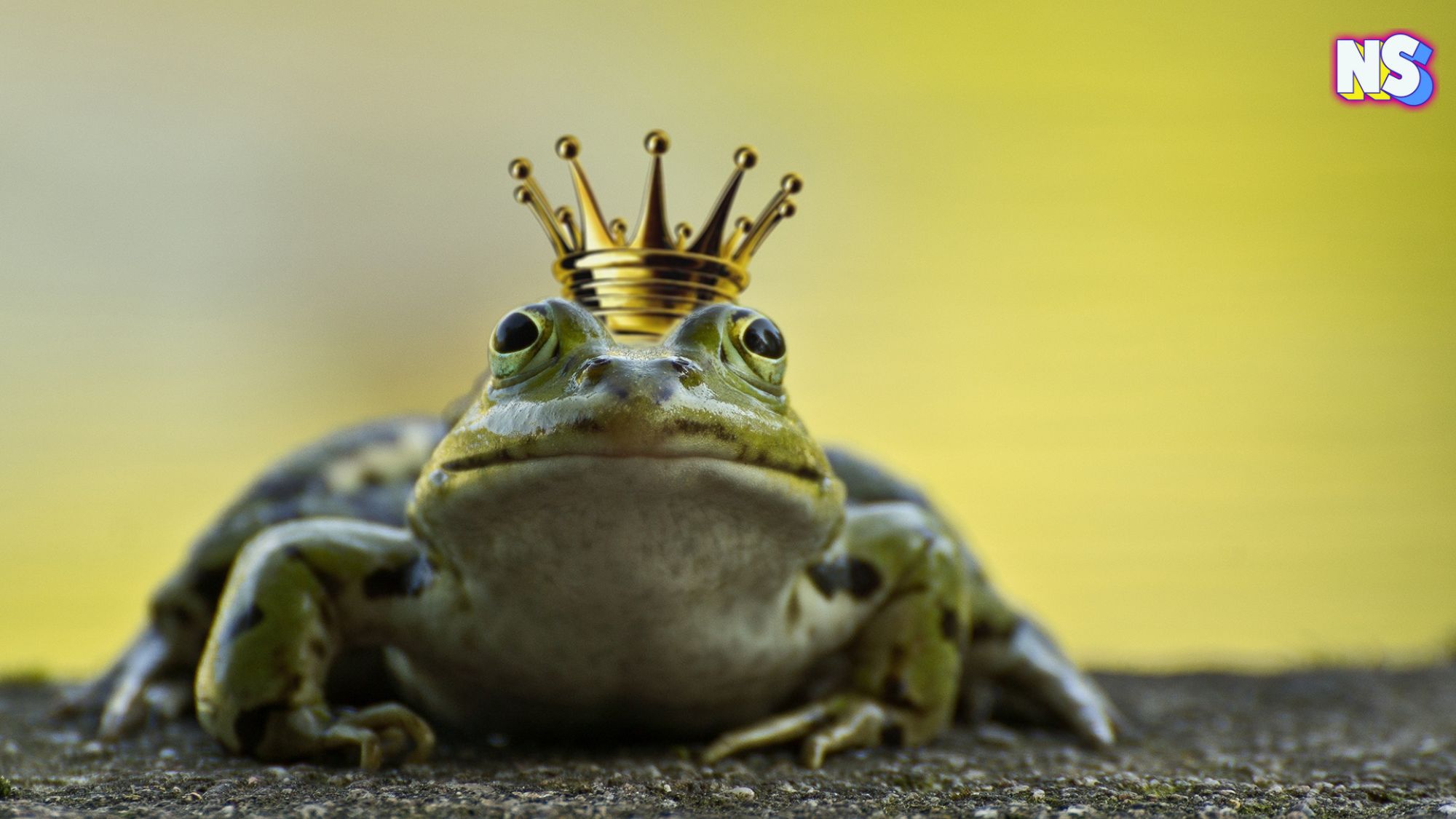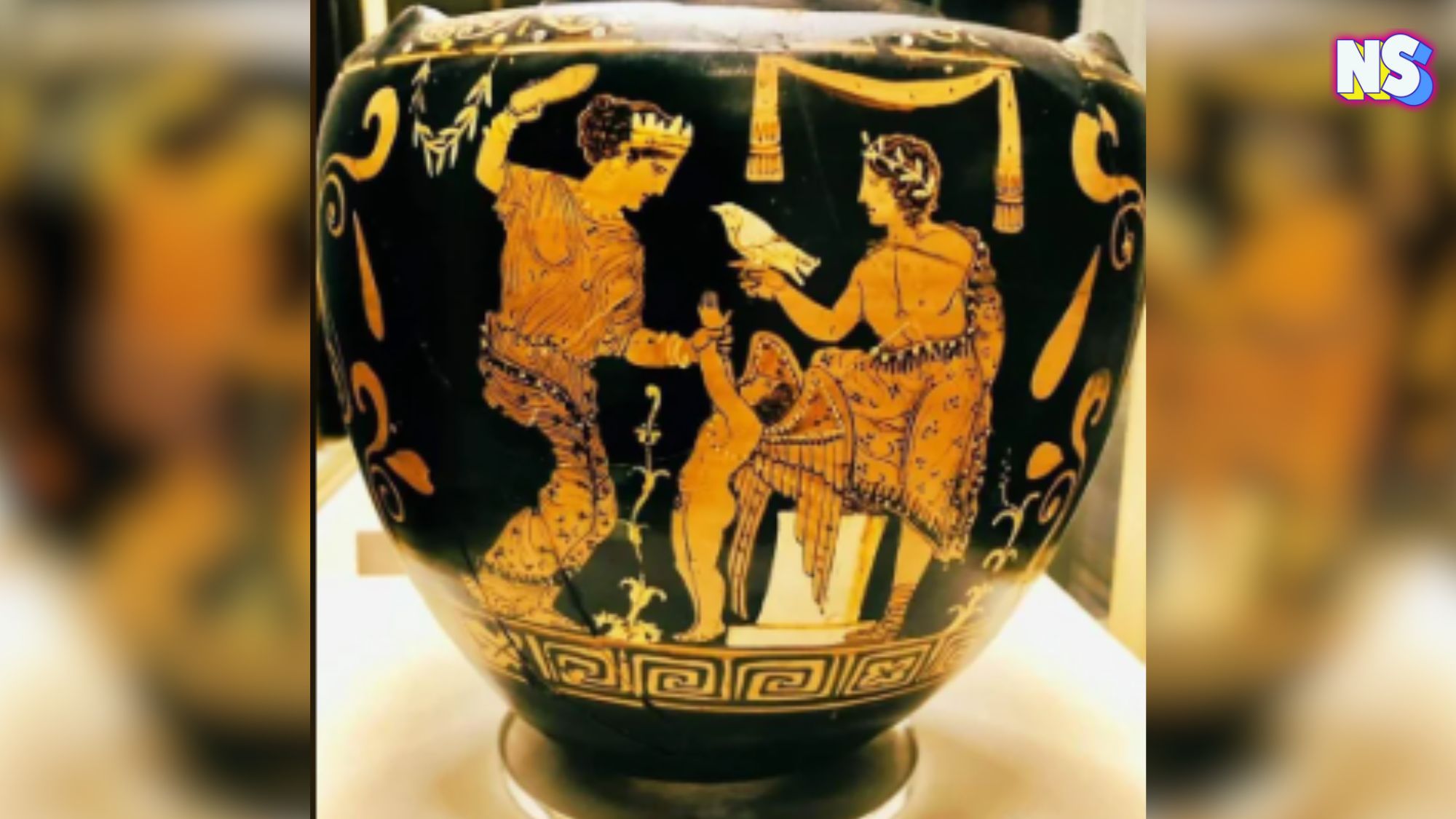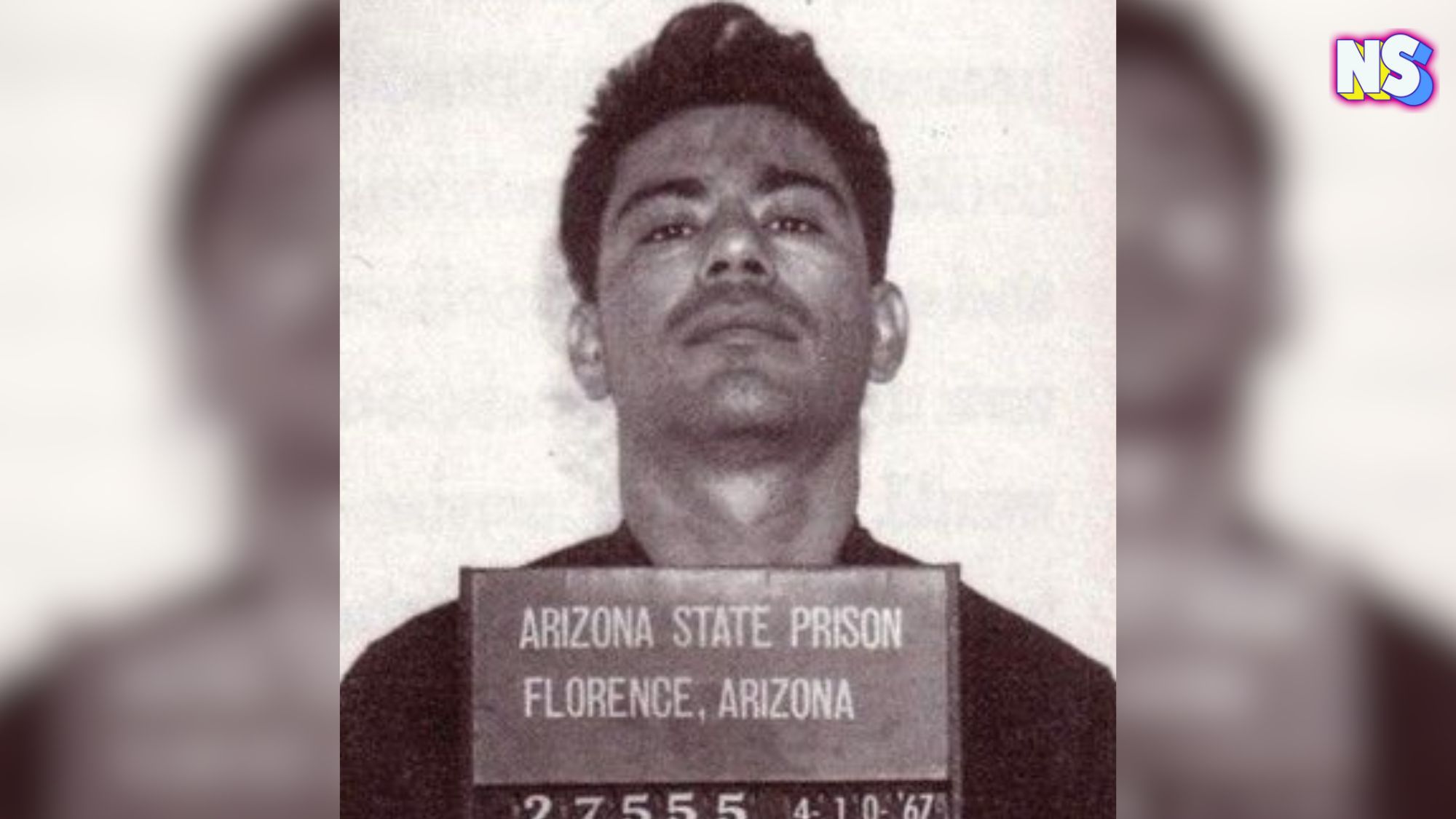Santa may have packed up his sleigh weeks ago, but, in much of Latin America, the holiday season is far from over. Día de los Tres Reyes Magos, aka Three Kings Day, is the festive encore celebrated on January 6. It honors the biblical tale of the three wise men, or los tres reyes magos, who trekked across deserts to deliver gifts to baby Jesus.
So, keep the Christmas tree up, and bring out some old shoes, because it’s time to celebrate Día de los Tres Reyes Magos. But here’s the big question: Will you be eating cake with hidden plastic baby inside too?
@angelaapatino Feliz Día de Reyes #benitopurrlove #diadereyes #reyesmagos #enero #2025
♬ original sound – angelaapatino
The Biblical Backstory of Los Tres Reyes Magos
The roots of Los Tres Reyes Magos date back to the Bible, specifically the moment when three wise men —Melchior, Gaspar, and Balthazar — showed up in Bethlehem, led by a star. Their noble quest? To bestow precious gifts upon the divine infant, Jesus, the heralded Son of God.
According to the biblical narrative, these wise men, followed the star’s radiant light that led them to Bethlehem. They sought the location where Jesus, the prophesied Messiah, was born. Their profound wisdom and faith propelled them on this quest to honor the divine child, offering symbolic gifts: gold, frankincense, and myrrh.
The holiday itself is called the Epiphany, or the day baby Jesus was “revealed.” It marks the last day in the Christian season of Christmas, on January 6. It’s commonly known as the 12th day of Christmas.
@louiecastro love getting together to cut our rosca???? #rosca #roscadereyes #losreyesmagos #diadelosreyesmagos
♬ original sound – Louie
Over time, the Epiphany became known as Día de los Reyes Magos, marking the culmination of the Christmas season in Latin America, Spain, and other parts of the world.
“In 1885, the Spanish government called for a parade to mark the very special holiday,” the education site Enforex explains.
RELATED POST: From Miami to Utrecht: The Bizarre and Controversial Dutch Holiday Tradition That Left Me Speechless
Inspired by the Kings’ sacred journey, the Spanish government called upon the people to celebrate with grandeur, establishing the longest-standing procession in Spain.
Let’s fast forward to modern day and the many ways to celebrate Día de Los Reyes Magos.
Bigger Than Santa Claus
While the holiday is celebrated in similar ways across Latin America, customs and traditions that vary from country to country.
@laurar924 Los Reyes Magos ready ✔️ Who else does this? Who put Christmas, Reyes Magos and my kids bday all in less than a month? lol ???????? #fyp #momlife #fypシ゚viral #fy #momsoftiktok #fyppppppppppppppppppppppp #Texas #sahmlife #sahm #losreyes #losreyesmagos #tradicion
♬ Camino al Cielo – Vicente Fernández
In some parts of Mexico, a visit from Los Reyes is a bigger deal than Santa’s arrival on December 25. Children write letters to the Three Wise Men, not Saint Nick, asking for gifts.
“On the night of January 5th, children leave one of their shoes outside the door along with grass and water for the camels. The next day, children wake up to numerous gifts left by the three kings or the ‘Reyes Magos,’” the Yucatan Times writes.
In Puerto Rico, children fill boxes with grass and place them under their beds for the camels of the Three Wise Men to eat. The next morning, they also will find gifts left by the Three Wise Men.
In Argentina, and in other Latin American countries and communities, people eat a sweet bread called Rosca de Reyes, which is shaped like a crown and has a small figurine of baby Jesus baked inside. “Whoever gets the slice with the figurine has to host a party on February 2nd or Día de la Candelaria,” the LA Times writes.
@nbcla Today we celebrate Three Kings Day! ???????????? Three Kings Day (Día de Los Reyes), or the Feast of Epiphany in the Catholic tradition, is a holiday that commemorates the day the three wise men — Melchior, Caspar and Balthazar — arrived with gifts for baby Jesus. Popular traditions during the holiday include gift-giving, large feasts and indulging in King Cake or Rosca de Reyes. King Cake is most often associated with Mardi Gras but is also eaten in honor of Epiphany. Louisiana-style king cakes consist of a cakey bread dough twisted into a ring and decorated with icing and colored purple, green and yellow sprinkles. For more information on this celebration tap the linkinbio. #nbcla #ThreeKingsDay #ReyesMagos #RoscadeReyes
♬ original sound – NBCLA
And, in the United States, although Dia de Reyes is not a national holiday, it’s still celebrated by many.
“For Puerto Rican kids who grew up in New York, it’s like this extra holiday,” Composer, playwright and Actor Lin-Manuel Miranda says. “… you get to go to school with your new toys.”

